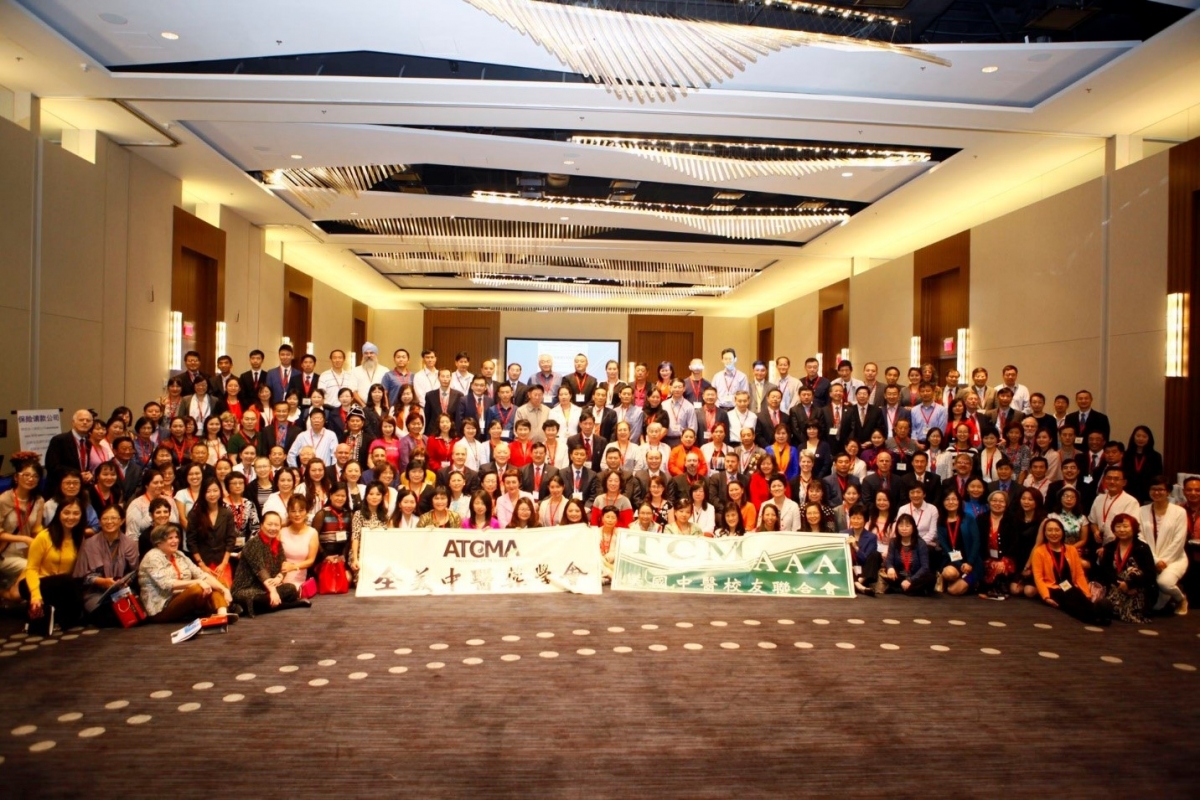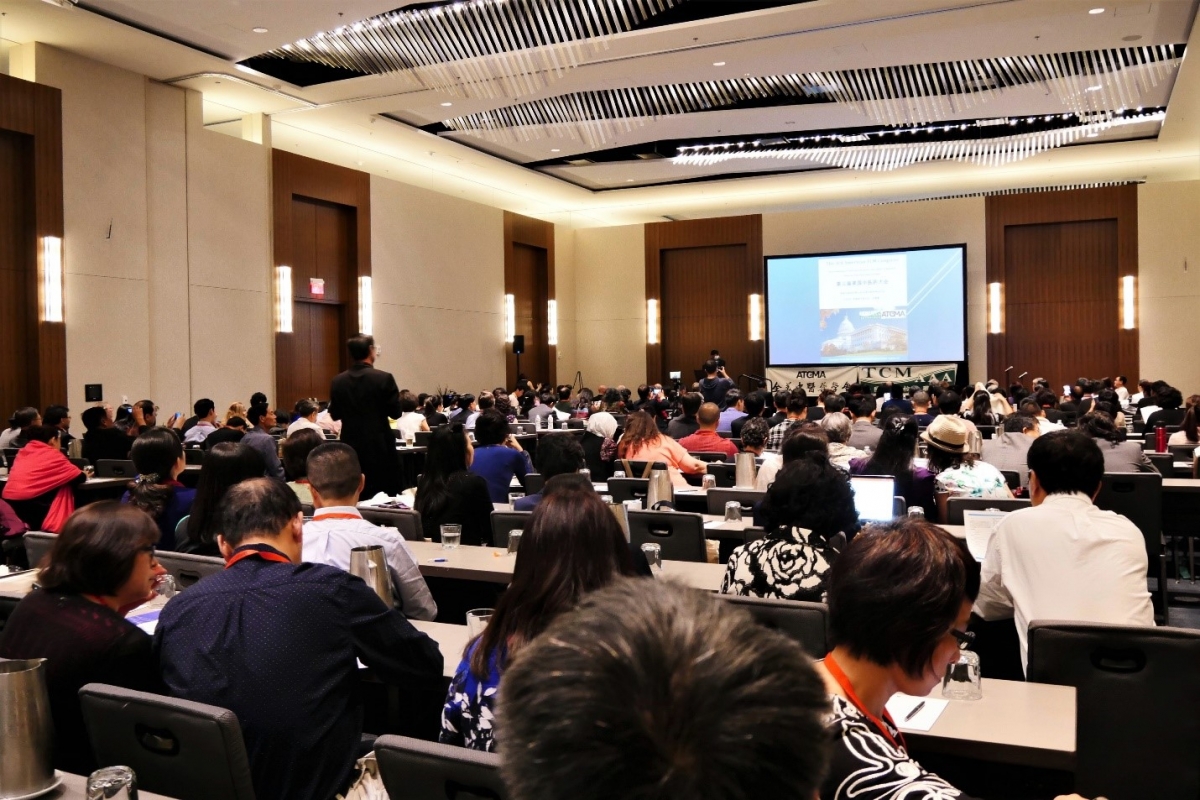POSITION LETTER ON DRY NEEDLING
In terminology, dry needling is a synonym to acupuncture, just a different English translation from the original Chinese term针刺 (Zhen Ci). In China, dry needling is a common name of acupuncture for over 200 years.(1,2) In West, dry needling has become popular since 1980s, especially since late 1990s, for replacing the term acupuncture by some traditional and medical acupuncturists, medical doctors, as a step “toward acceptance of acupuncture by the medical profession”. (3,4, 5)
Dry needling is the use of dry needles alone, either solid filiform acupuncture needles or hollow-core hypodermic needles, to insert into the body for the treatment of muscle pain and related “myofascial” pain syndrome; a.k.a. intramuscular stimulation, trigger points (TrP) acupuncture, TrP dry needling, myofascial TrP dry needling, or biomedical acupuncture. In West, dry needling is a form of over-simplified acupuncture using biomedical language in treating “myofascial” pain, a contemporary development of a portion of Ashi point acupuncture from traditional acupuncture, an invasive practice, and is not in the practice scope of physical therapists (PTs). It seeks to redefine acupuncture by reframing its theoretical principles in a Western manner. Current dry needling protocol using filiform acupuncture needles is exact same as the acupuncture used by medical doctors in West since 1821, and same as part of Ashi point acupuncture in traditional acupuncture used in East over 2,000 years. (4,5) It is a medical therapy and a form of acupuncture practice, not just a technique on inserting a dry needle.
For the business of the commercial seminars, many dry needling educators have covered up their acupuncture background, and have intentionally denied the fact that dry needling is acupuncture. However, in in other situations, they did tell the truth. The Mother of dry needling, Dr. Janet Travell admitted to the general public that dry needling is acupuncture when she stated in a newspaper that “the medical way of saying it is ‘acupuncture’. In our language that means sticking a needle into somebody”, (5,6) and acupuncture professionals practice dry needling as acupuncture therapy and there are several criteria in the acupuncture profession to locate TrPs as acupoints.(7)
Dry needling issue causes many problems. Firstly, dry needling promotors have caused great confusion to academic scholars, healthcare professionals, administrators, policymakers, and the general public. As acupuncture professionals and researchers, they clearly know dry needling is acupuncture-just in different name. However, some of them made stories to fool people dry needling is different from acupuncture, and “discovered” or “developed” by themselves, or at least a “rediscovery” by western medical doctors. For example, Dr. Travell, a clinical researcher involved with acupuncture work and used to participate in the planning of acupuncture conferences (6,8) described a complicated dry needling “discovery processes” in her books–from injecting therapy with local anesthesia medication to inserting injecting needle without medication–performing injecting needle dry needling, to using acupuncture needling; and used TrPs to rebrand acupoints. In fact, before had done all of these, in a newspaper she admitted to the general public that dry needling is acupuncture. This actually causes a problem in their academic integrity, although these dry needling promoters and educators are known scholars.
Secondly, in order to promote their “own” academic theory, commercial education business, and other objectives, dry needling educators have developed commercial courses for continuing education taught “dry needling techniques” to a large number of students, including PTs and other customers without acupuncture credentials in non-regulated seminars. While PTs programs do not include in any content in needling therapy,(9,10) the national organizations of PT profession, such as APTA(11) and FSBPT(12) started to support dry needling around 2010, currently there are more PTs involving the DN teaching and practice than other professionals.(13,14) Not recognized dry needling as a part of acupuncture, PT professionals, nevertheless, made a great effort to promote dry needling practice in the past ten years in the U.S. While elevating their education level to a doctoral degree, PTs as a profession probably want to expand their scope of practice and take over dry needling, even “the physiological basis for dry needling treatment of excessive muscle tension, scar tissue, fascia, and connective tissues is not well-described in the literature.”(11) As noted, dry needling educators in both continuing education and in schools are often licensed acupuncturists.
Thirdly, dry needling has mainly been taught in continuing education level courses of 20-30 hours (proposed to increase to 54 hours in future in some program).(11, 13-16) This lack of adequate professional training increases the risk of patient’s injury and can be a threat to public health and safety. Reports of serious injuries associated with dry needling or acupuncture by PTs are not uncommon. (17-20) Under current healthcare regulations and system, a patient has no way to know if his or her dry needling practitioner has sufficient training and what is the risk of being injured when treated by “dry needlers” who received minimal training. More often, patients are not likely to know the practitioners’ experience level when dry needling technique is applied; nor will the patient know if the PT chooses to use needles for purposes beyond typical dry needling practice. Dr. David Simmons, a pioneer of TrPs, stated: “Your problem is largely one of semantics so the simple answer is to change the playing field and the semantics that go with it. If you… use the different terminology you leave other side without an argument”.(21)
How can anyone practices acupuncture under the name of dry needling and say it is not acupuncture therapy? The public has a right to expect certain hard-earned standards of accredited education and licensing for those professionals who are using acupuncture needles on them therapeutically. In most of the states of the U.S., for becoming a certified MDs acupuncturist, physician or medical acupuncturists (after they get their MD license after their western medical education and at least three years of residency) are required to get a minimum of an additional 300 educational hours in a board -approved acupuncture training institution (American Board of Medical Acupuncture, ABMA) and have 500 cases of clinical acupuncture treatments; For licensed in acupuncture, the candidates are required to attain an average of 3,000 educational or training hours via an accredited school or program (such as The Accreditation Commission for Acupuncture and Oriental Medicine, ACAOM). (15,22,23) So far, there is no comparable requirements and regulations for PTs to study needling therapy and perform dry needling in the U.S. (24) As noted that, even Dr. Travell opposes PTs to perform dry needling. (8)
In addition to public risk, PT dry needlers’ denial of acupuncture recognition has created a big tension between the acupuncture profession and PTs, as well as among other professionals who are seeking to provide acupuncture by calling acupuncture in a different name. If law-makers and regulators are to decide to allow PTs and others to provide acupuncture to citizens based on only 20-30 hours of training, they can certainly do that. The historic record shows however that these lawmakers should know that they are granting them the right to practice acupuncture. (24)
ATCMA position:
In short, the evidence shows clearly that currently, at least in the U.S., dry needling practitioners intent to bypass the legal regulations to practice acupuncture in the name of dry needling.(24,25) We agree with the position on DN from American Medical Association (AMA):
“Dry needling is indistinguishable from acupuncture”, physical therapists and other non-physicians practicing dry needling should – at a minimum – have standards that are similar to the ones for training, certification and continuing education that exist for acupuncture. It emphasizes that “for patients’ safety, practitioners should meet standards required for licensed acupuncturists and physicians“. (23)
Acknowledgements
This position letter reflects the official view of ATCMA, it was published as the 3rd part of AAPAS White Paper 2016 (Fan AY, Xu J, Li YM. Evidence and Expert Opinions: Drying Needling versus Acupuncture (III). Chin J Integr Med. 2017 Mar;23(3):163-165.).
REFERENCES
1. Zhu H, Most H. Dry needling is one type of acupuncture. Med Acupunct 2016;28(4):1-10.
2. Fan AY, He H. Dry needling is acupuncture. Acupunct Med 2016;34:241.
3. Gunn CC, Ditchburn FG, King MH, Renwick GJ. Acupuncture loci: a proposal for their classification according to their relationship to known neural structures. Am J Chin Med 1976;4:183-195.
4. Fan AY, Xu J, Li YM. Evidence and Expert Opinions: Drying Needling versus Acupuncture (I). Chin J Integr Med. 2017; 23(1):3-9.
5. Fan AY, Xu J, Li YM. Evidence and expert opinions: dry needling versus acupuncture (II). Chin J Integr Med 2017; 23:83-90.
6. Nichols HW. Ancient pain-killing method works, while US scientists don’t know why. Albany Democrat-Herald (Albany), March 21, 1947. www.newspapers.com(link is external). Accessed October 3, 2016.
7. Simons DG, Travell JG, Simons LS, eds. Myofascial pain and dysfunction: the trigger point manual. 2nd ed. Baltimore: Williams &Wilkins; 1999:151-174.
8. DeLorme L. Letter to Washington State Department of Health Sunrise Reviews, Re: Sunrise Review Panel Draft Recommendations. October 10, 2016. In: Washington State Department of Health. Information Summary and Recommendations Physical Therapy Dry Needling Sunrise Review. Page 688-694. Available at: http://www.doh.wa.gov/Portals/1/Documents/2000/DryNeedlingFinal2016.pdf(link is external) Accessed Jan. 17, 2017.
9. University of Maryland Eastern Shore. Physical therapy, credit hours and approximate tuition. Available at: https://www.umes.edu/Physical-Therapy/Pages/Admissions/Estimated-Costs/(link is external) Accessed December 26, 2016.
10. University of Maryland School of Medicine. Doctor of Physical Therapy (DPT) tuition, fees and living expenses budget. file:///C:/Users/Arthur%20Fan/Downloads/2015-2016_DPT_Tuition_and_Educational_Expenses.pdf Accessed December 26, 2016.
11. American Physical Therapy Association. Description of Dry Needling In Clinical Practice: An Educational Resource Paper (2013). http://www.apta.org/StateIssues/DryNeedling/. (link is external) Accessed July 28, 2016.
12. Federation of State Boards of Physical Therapy. FSBPT Dry Needling Resource Paper (Intramuscular Manual Therapy) 4th edition. http://www.fsbpt.org/download/dryneedlingresourcepaper_4thedition.pdf (link is external) Accessed Dec. 10, 2016.
13. Kinetacare. Intramuscular Manual Therapy (AKA Trigger Point Needling). http://www.kinetacare.com/physical-therapy/Intramuscular-Manual-Therapy-AKA-Trigger-Point-Needling/page27.html(link is external) Accessed Dec 10. 2016.
14. Sportscare Physical Therapy. What is intramuscular manual therapy? http://www.sportscarephysicaltherapy.com/intramuscular-manual-therapy/(link is external) Accessed Dec. 10, 2016
15. Fan AY, Jiang J, Faggert S, Xu J. Discussion about the training or education for “dry needling practice”. World J Acupunct Moxibust 2016;26:6-10.
16. Ma YT. Dr. Ma’s integrative dry needling. Available at: http://integrativedryneedling.com/(link is external) Accessed December 12, 2016.
17. Cummings M, Ross-Marrs R, Gerwin R. Pneumothorax complication of deep dry needling demonstration. Acupunct Med 2014;32:517-519. doi: 10.1136/acupmed-2014-010659. Epub Sep 19,2014.
18. Almloff L. Opposed two reported cases of pneumothorax by PT in Virginia have been dismissed by Board. Available at: http://www.townhall.virginia.gov/L/viewcomments.cfm?commentid=48669(link is external). Accessed December 12, 2016.
19. Knauer J. Pneumothorax from a physical therapist performing dry needling in virginia.
Available at: http://www.townhall.virginia.gov/L/viewcomments.cfm?commentid=48189(link is external). Accessed December 12, 2016.
20. Terrell W. Pneumothorax Caused by Dry Needling of Intercostal. Available at https://www.youtube.com/watch?v=EWb69O__NiE(link is external). Accessed December 12, 2016.
21. Simmons DG. Letter to the editor. J Man Manip Ther 2007t;15:246.
22. The American Academy of Physical Medicine and Rehabilitation. AAPM&R Position on Dry Needling. https://www.aapmr.org/docs/default-source/protected-advocacy/Position-Statements/aapmr-position-on-dry-needling.pdf?sfvrsn=2(link is external). Accessed Dec. 19, 2016.
23.American Medical Association. Physicians take on timely public health issues. AMA Wire. Jun 15,2016. http://www.ama-assn.org/ama/ama-wire/post/physicians-timely-public-healt…(link is external). Accessed Dec. 19, 2016.
24. Fan AY, Zheng L, Yang G. Evidence that dry needling is the intent to bypass regulation to practice acupuncture in the United States. J Altern Complement Med 2016;22:591-593.
25. Fan AY, Yang G, Zheng L. Response to Dommerholt and Stanborough re: ‘‘Evidence That Dry Needling Is the Intent to Bypass Regulation to Practice Acupuncture in the United States’’. J Altern Complem Med.2017;23(2):150-151.

